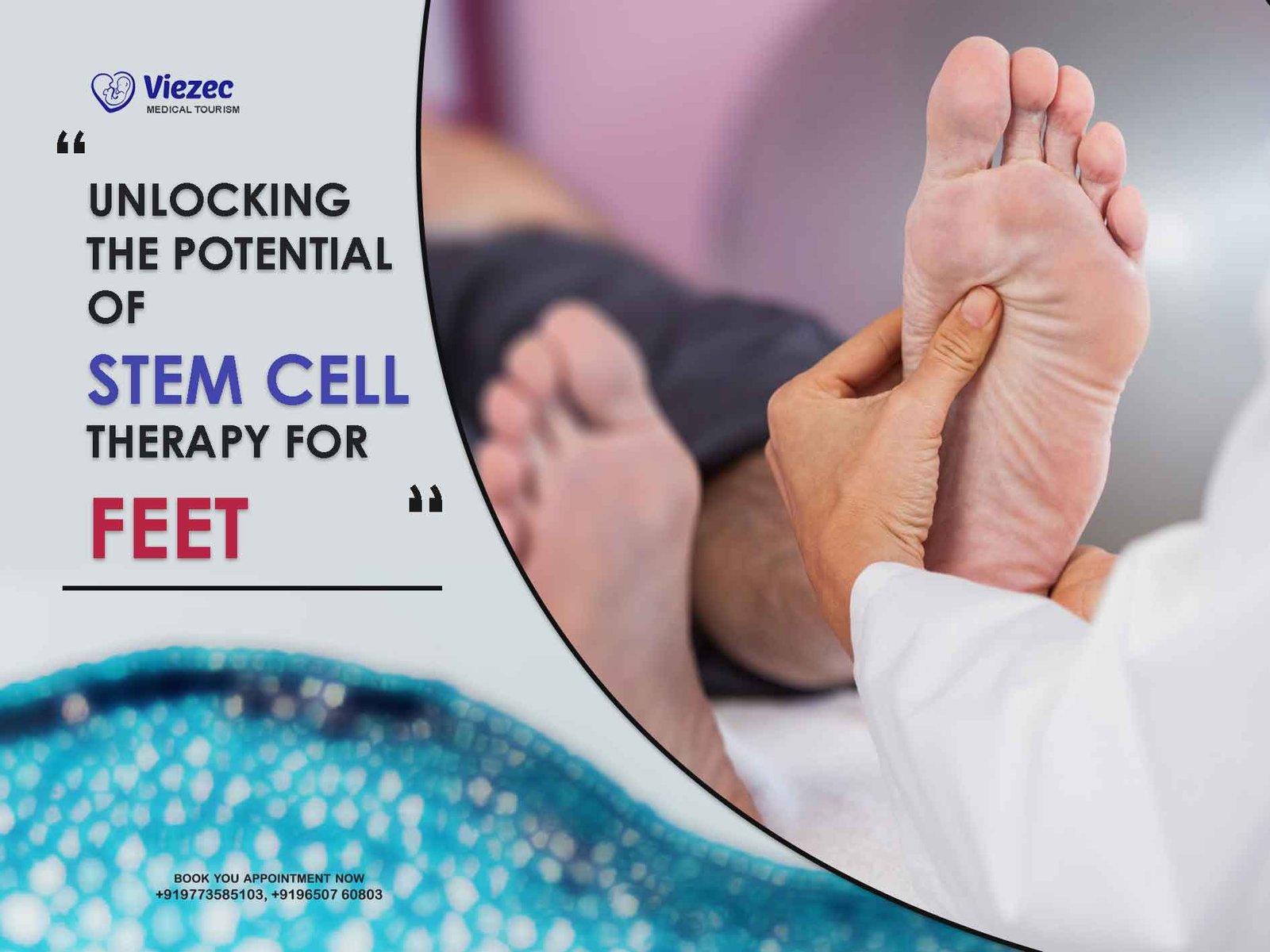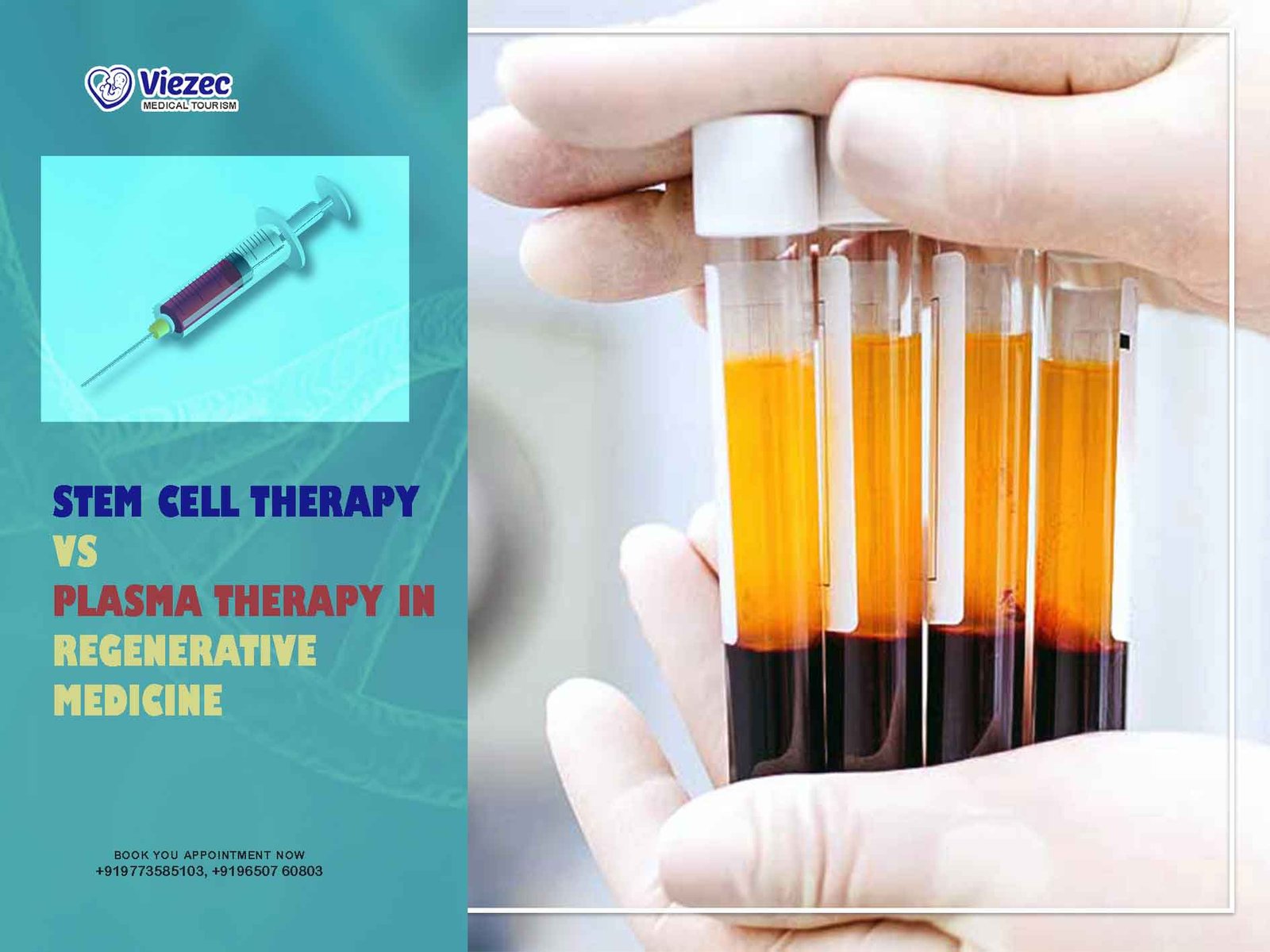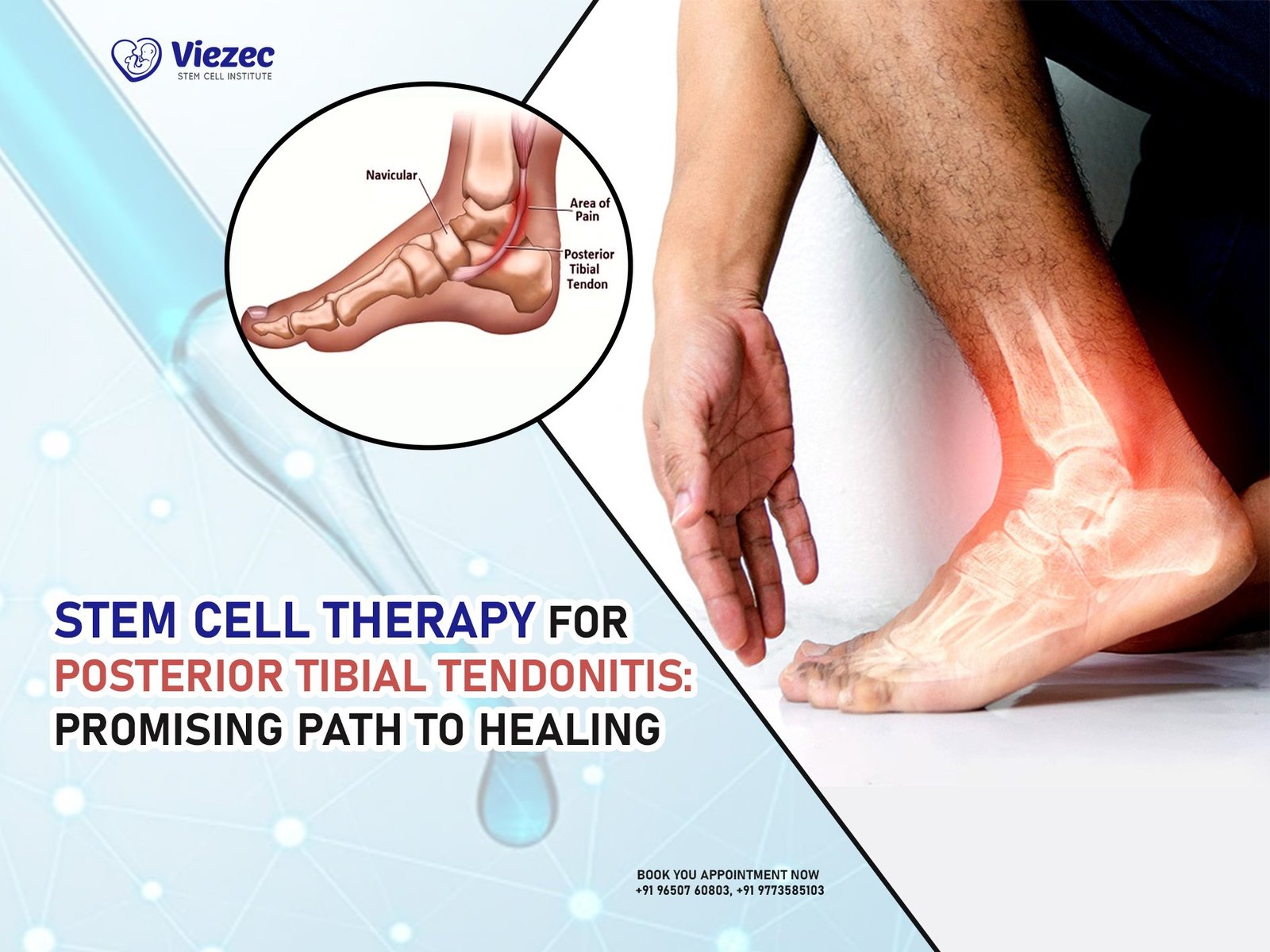Feet, often overlooked yet essential for mobility and overall well-being, play a crucial role in our daily lives. From standing and walking to running and dancing, our feet bear the weight of our bodies and enable us to navigate the world. However, foot health can be compromised by various conditions, including plantar fasciitis, arthritis, and diabetic foot ulcers. Traditional treatments for these ailments often provide symptomatic relief but may fall short in addressing the underlying causes and promoting long-term healing.
In recent years, the field of regenerative medicine has emerged as a promising avenue for treating a wide range of medical conditions, including those affecting the feet. Stem cell therapy, in particular, holds significant potential for revolutionizing foot care by harnessing the body’s own healing mechanisms to repair and regenerate damaged tissue. We will explore the applications of stem cell therapy in addressing foot ailments, from its basic principles to current research findings and future prospects.
Understanding Stem Cells
Definition of Stem Cells and Their Types
Stem cells are undifferentiated cells with the remarkable ability to develop into various specialized cell types within the body. They can divide and produce more stem cells (self-renewal) or differentiate into specific cell types with specialized functions (differentiation). There are several types of stem cells, including embryonic stem cells, adult stem cells, and induced pluripotent stem cells, each with unique characteristics and potential applications in medicine.
Properties of Stem Cells Relevant to Foot Health
The properties that make stem cells particularly suitable for foot health include their capacity for self-renewal and differentiation, as well as their ability to modulate the immune response and promote tissue repair. These properties make stem cells invaluable for regenerating damaged tissues, such as tendons, ligaments, cartilage, and skin, which are commonly affected in foot conditions.
Sources of Stem Cells for Therapy
Stem cells can be sourced from various tissues, including bone marrow, adipose tissue, umbilical cord blood, and amniotic fluid. Each source has its advantages and limitations in terms of accessibility, abundance, and potency. Researchers are continually exploring new sources and refining techniques for isolating and culturing stem cells for therapeutic purposes.
Foot Conditions Amenable to Stem Cell Therapy
Overview of Common Foot Ailments
Plantar fasciitis, characterized by inflammation of the plantar fascia—a thick band of tissue that connects the heel to the toes—is a prevalent cause of heel pain, particularly among athletes and individuals with high arches or flat feet. Arthritis, including osteoarthritis and rheumatoid arthritis, can affect the joints of the feet, leading to pain, stiffness, and limited mobility. Diabetic foot ulcers, resulting from poor circulation and nerve damage associated with diabetes, are chronic wounds that can lead to serious complications if not properly managed.
Explanation of How Stem Cell Therapy Can Target These Conditions
Stem cell therapy offers a promising approach for addressing these foot conditions by promoting tissue repair and regeneration. Stem cells can differentiate into the specific cell types needed to replace damaged or degenerated tissues, such as tenocytes, chondrocytes, and keratinocytes. Moreover, stem cells secrete bioactive factors that modulate inflammation, stimulate angiogenesis (the formation of new blood vessels), and enhance wound healing, thereby facilitating the resolution of foot ailments.
Mechanism of Action
Detailed Explanation of How Stem Cells Work to Repair and Regenerate Tissue in the Feet
The mechanism of action of stem cells in foot therapy involves multiple pathways, including cell differentiation, paracrine signaling, and immunomodulation. Upon administration into the affected area, stem cells home to the site of injury or inflammation, where they release growth factors, cytokines, and extracellular vesicles. These bioactive molecules exert trophic effects on neighboring cells, promoting cell proliferation, migration, and tissue remodeling. Additionally, stem cells may integrate into the existing tissue and contribute to structural repair and functional recovery.
Discussion on How Stem Cells Interact With the Body’s Natural Healing Processes
Stem cell therapy harnesses the body’s innate capacity for regeneration and repair, enhancing and accelerating the natural healing processes. By supplying exogenous stem cells or activating endogenous stem cell populations, therapy can overcome the limitations of conventional treatments and address the underlying pathology of foot conditions. Furthermore, stem cells modulate the inflammatory response, reducing tissue damage and promoting a favorable environment for healing to occur.
Current Research and Clinical Trials
Overview of Recent Studies and Clinical Trials Using Stem Cell Therapy for Foot Conditions
A growing body of evidence supports the efficacy and safety of stem cell therapy for various foot ailments. Clinical trials have demonstrated positive outcomes in terms of pain relief, functional improvement, and wound healing in patients with plantar fasciitis, arthritis, and diabetic foot ulcers. Researchers continue to explore different stem cell sources, delivery methods, and treatment protocols to optimize therapeutic outcomes and minimize risks.
Examination of Outcomes and Challenges in Implementing Stem Cell Therapy for Feet
While promising, the widespread adoption of stem cell therapy for foot conditions faces several challenges, including regulatory hurdles, standardization of protocols, and cost-effectiveness. Moreover, further research is needed to elucidate the optimal dosing, timing, and long-term effects of treatment. Addressing these challenges will require collaboration among scientists, clinicians, regulatory agencies, and industry stakeholders to ensure the safe and effective translation of stem cell therapies from bench to bedside.
Benefits and Risks
Evaluation of the Potential Benefits of Stem Cell Therapy for Foot Health
The potential benefits of stem cell therapy for foot health are significant, offering a regenerative approach to treating chronic and debilitating conditions. By promoting tissue repair and regeneration, therapy can alleviate pain, improve function, and enhance quality of life for patients with foot ailments. Moreover, stem cell therapy may reduce the need for invasive surgeries and long-term medication use, minimizing associated risks and complications.
Discussion on Potential Risks, Including Ethical Considerations and Side Effects
Despite its potential, stem cell therapy is not without risks and ethical considerations. Concerns include the risk of infection, immune rejection, tumor formation, and inappropriate differentiation of stem cells into unintended cell types. Furthermore, the sourcing and use of stem cells raise ethical questions regarding patient consent, donor anonymity, and commercialization. Robust regulatory oversight and adherence to ethical guidelines are essential to ensure the safety and ethical conduct of stem cell research and therapy.
Future Directions and Challenges
Exploration of Future Possibilities for Stem Cell Therapy in Foot Care
Looking ahead, the future of stem cell therapy in foot care holds tremendous promise for advancing treatment options and improving patient outcomes. Emerging technologies, such as gene editing and tissue engineering, offer new avenues for enhancing the efficacy and specificity of stem cell therapies. Moreover, personalized medicine approaches may enable tailored treatments based on individual patient characteristics and disease profiles, further optimizing therapeutic responses.
Identification of Challenges and Limitations in the Widespread Adoption of Stem Cell Therapy for Foot Conditions
Despite its potential, several challenges and limitations must be addressed to facilitate the widespread adoption of stem cell therapy for foot conditions. These include technical hurdles related to cell isolation, expansion, and delivery, as well as logistical and regulatory barriers to clinical translation. Additionally, socioeconomic factors, such as cost, accessibility, and reimbursement, may influence the equitable distribution and utilization of stem cell therapies, underscoring the importance of addressing healthcare disparities and ensuring equitable access to innovative treatments.
Potential of Regenerative Medicine
Stem cell therapy holds tremendous promise for unlocking the potential of regenerative medicine in foot care. By harnessing the regenerative capacity of stem cells, therapy offers a novel approach to treating a wide range of foot ailments, from plantar fasciitis and arthritis to diabetic foot ulcers. While significant progress has been made in research and clinical applications, challenges remain in terms of standardization, regulation, and accessibility. Nevertheless, with continued investment in research and collaboration across disciplines, stem cell therapy has the potential to revolutionize foot care and improve the lives of millions of individuals worldwide.
Call to Action
As we stand on the threshold of a new era in regenerative medicine, it is imperative to prioritize research and development efforts aimed at advancing stem cell therapy for foot conditions. By supporting interdisciplinary collaboration, fostering innovation, and advocating for ethical and inclusive practices, we can unlock the full potential of stem cell therapy to transform foot care and enhance the health and well-being of individuals everywhere. Together, let us take a step forward towards a future where every foot can walk with strength, comfort, and resilience.









